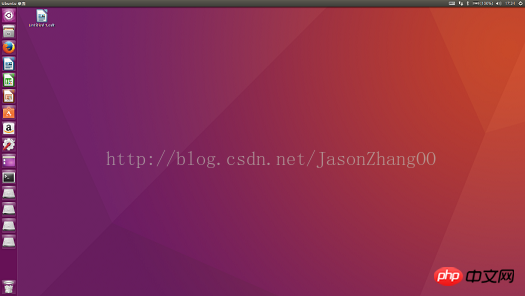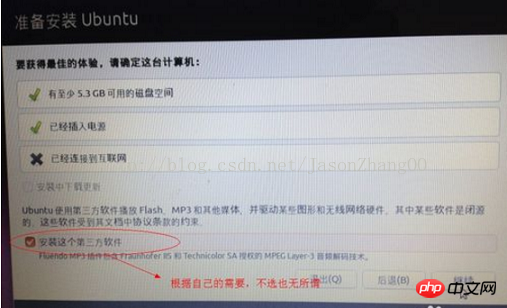The content of this article is about how to perform relevant configurations during the installation of dual systems. It has certain reference value. Friends in need can refer to it. I hope it will be helpful to you.
After this week of tossing, I will record my own related configuration experience to share with you. Initially, I installed Ubuntu and Centos in VMware, but I found that the local GPU cannot be used in the virtual machine. Later, deep learning requires the help of the GPU, and only using the CPU will be very slow. It just so happens that during this period of time, I first learned Linux on a virtual machine, and then I will feel comfortable installing dual systems during this period.
Step one to install dual systems:
Available: ubuntu-16.04-desktop-amd64.iso system image, one USB disk, burn System to U disk tool UltraISO, set up the boot tool easyBCD
My original win10 system is an SSD on the c drive, and I opened up a space of about 100g for Ubuntu, and used the U disk to install it. I just installed Ubuntu14.04 , but it may be a problem with my ios image. After installation, there is no wireless driver, no wlan0, and it needs to be updated. What’s really annoying is the client that needs to be logged in to the school’s wired network. There is another problem when installing wine, so I just go to it directly. My classmate installed the latest Ubuntu 16.04, and finally the installation was successful without any problems.

#1. Of course, this step during the installation process depends on the situation. Generally, if you are not connected to the network, you do not need to choose to install third-party software, just click to continue.

2. This step is very important. Remember to click on other options. Many people have lost their original Windows system. You just chose the first one, right?

3.When assigning a drive letter, selectthe free diskdisk and click
First set the swap swap partition. The type of the new partition: logical partition
The location of the new partition: the starting position of the space,
is used for: swap space, which is considered to be twice the physical memory on the Internet. In fact, 2g is enough. I allocated 8g
to set up the boot partition. This is used to set up the startup boot. Size: 200MB (the author temporarily sets it to 200MB)
Type of new partition: logical partition
Location of new partition: space starting position
Used for: EXT4 log file System
Set the "/" root partition, many default system applications will be installed here later
Size: as large as possible
Type of new partition: primary partition
The location of the new partition: the starting position of the space
Used for: EXT4 log file system
Set the /home partition, which is equivalent to storing your own things, somewhat similar to that under win d, e, f disk
Size: (All remaining space, as much as shown)
Type of new partition: logical partition
Location of the new partition : Space starting position
Used for: EXT4 log file system
It is very important to rememberto select/bootThe corresponding drive letter is"the device to install the bootloader", be sure to be consistent:
4. Pay attention to the beginning and end of the installation process. One is to remember to turn off secure boot in advanced startup. I then restarted the computer directly and entered bios to turn it off. There was a problem (anyway, I This is true); remember to set up the boot after the installation is completed, otherwise you will still directly enter the win10 system every time you turn on the computer. Tip: It is best to choose newer versions of easybcd and UltraISO. Some of the direct searches on the Internet may be older versions, and some may cause problems.
The above is the detailed content of How to perform relevant configurations during the installation of dual systems. For more information, please follow other related articles on the PHP Chinese website!